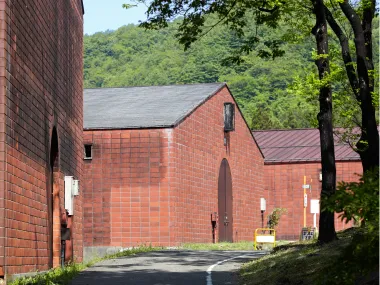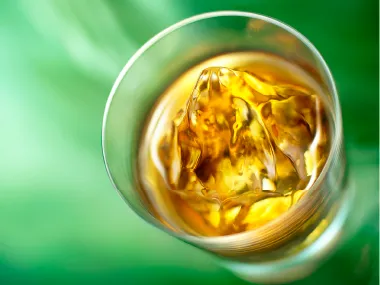
Challenges for
Further Beyond
Driven by the dream of crafting a more complex and refined whisky through blending different malt whiskies, Masataka Taketsuru established Nikka Whisky’s second distillery in 1969, the Miyagikyo Distillery. Along with his son Takeshi and a dedicated team, they searched across Japan for a suitable location and ultimately chose a lush, green valley west of Sendai, in an area known as "Mori no Miyako" (The City of Trees).









